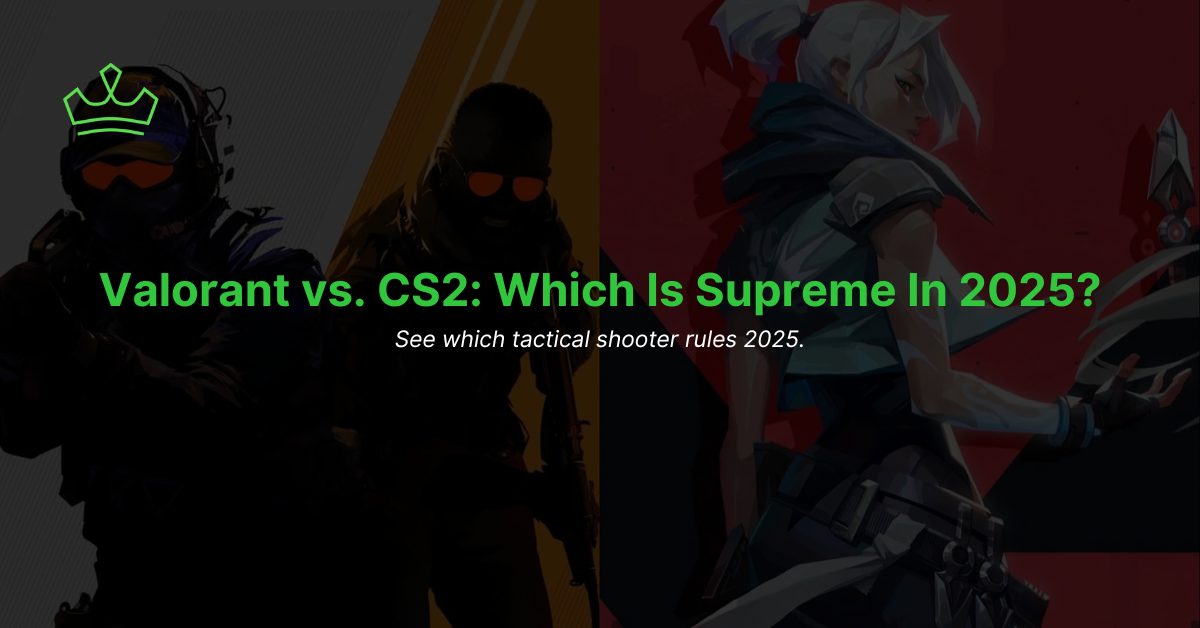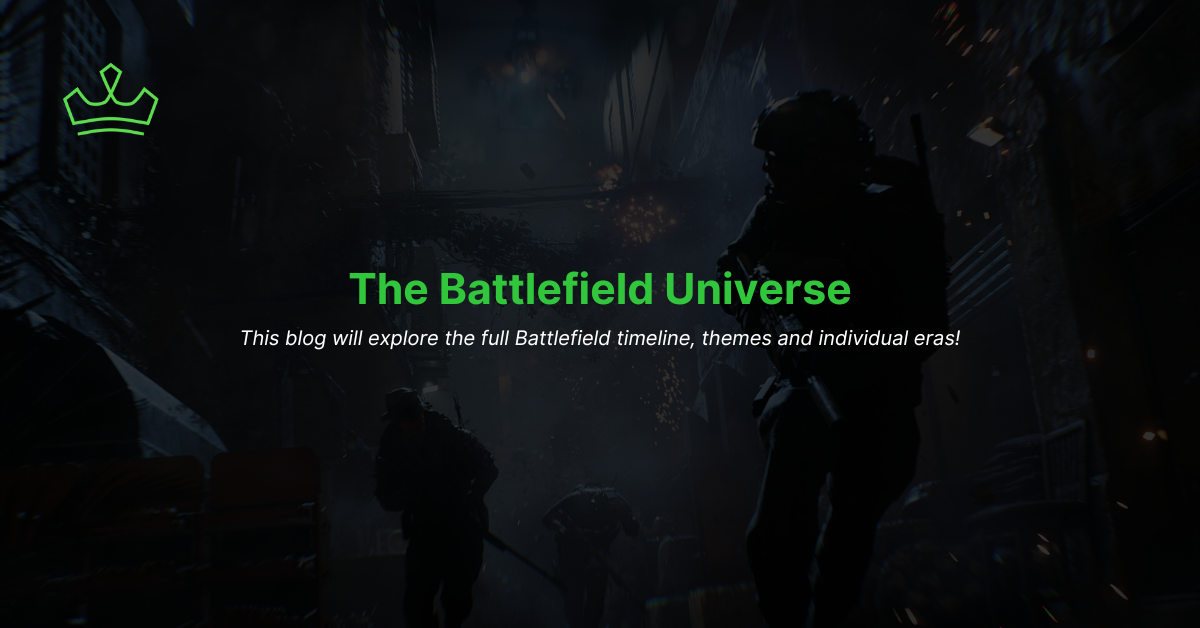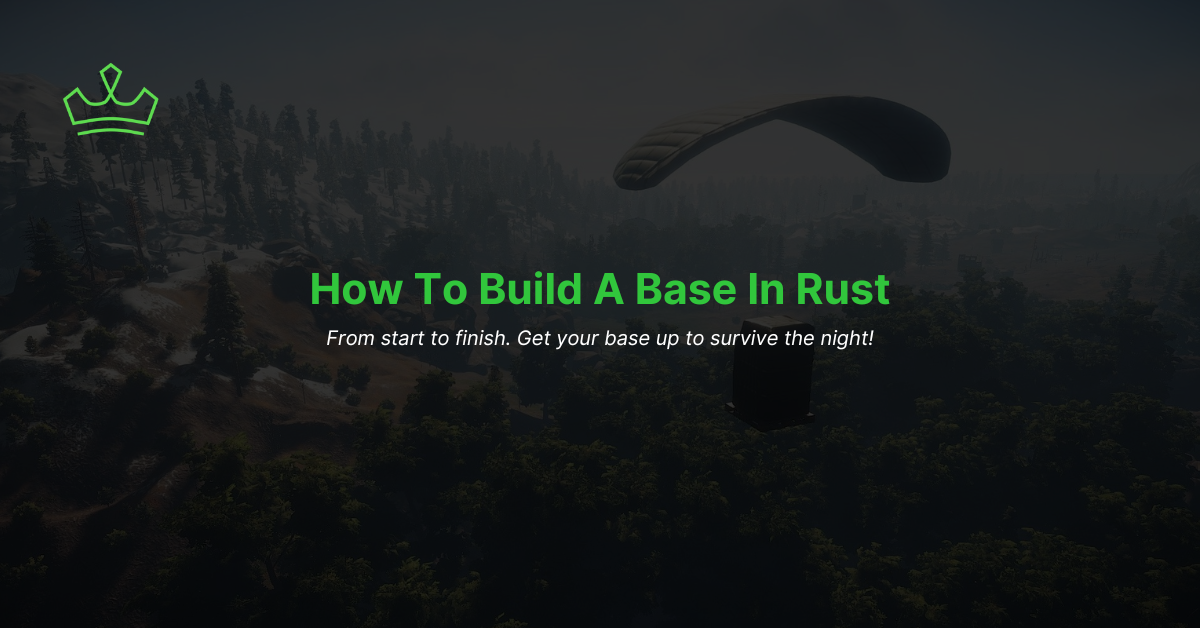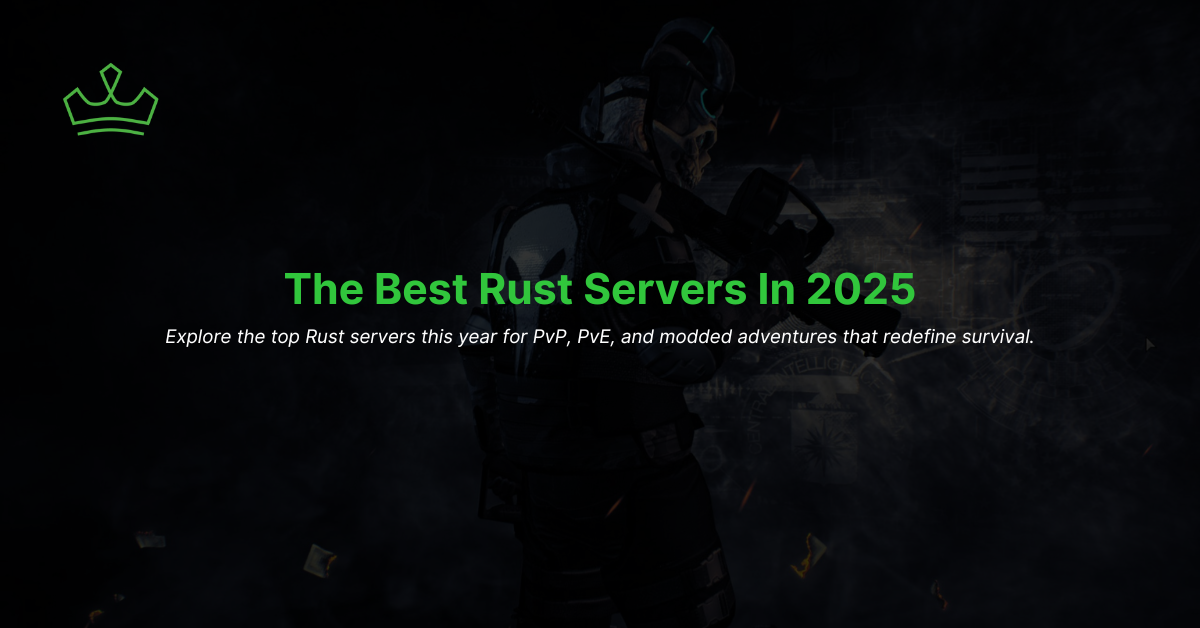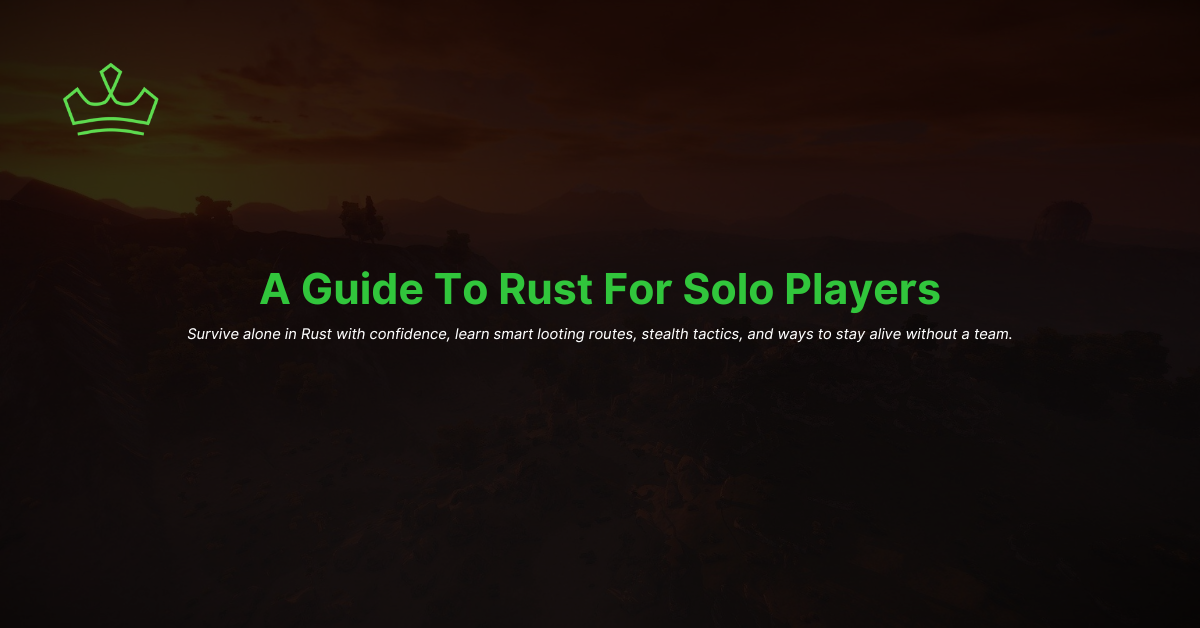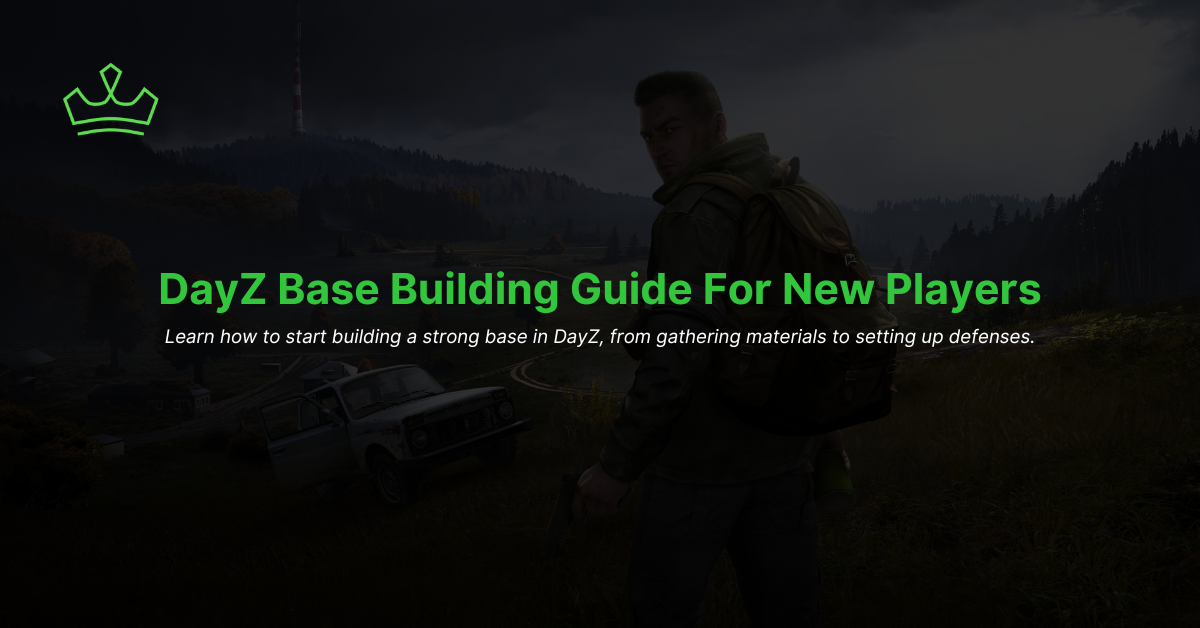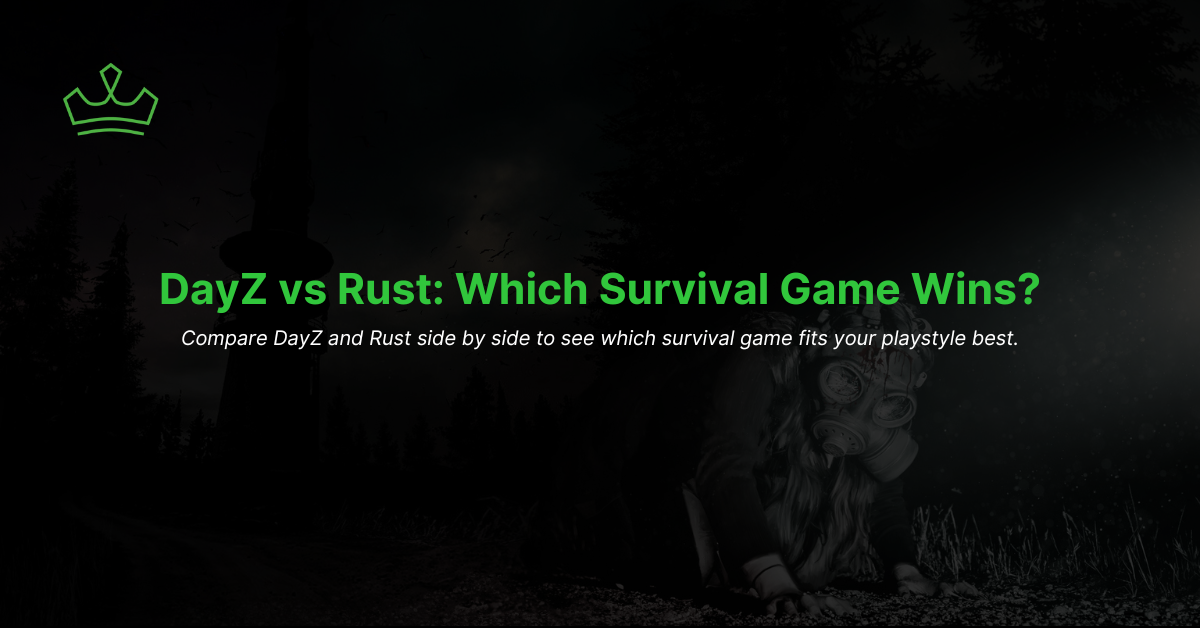The battle between Valorant and Counter-Strike 2 continues to spark debate across the tactical shooter community. Both games have built loyal fanbases, thriving esports scenes, and distinct gameplay styles. But in 2025, which one truly comes out on top?
Whether you’re a long-time Counter-Strike player or a newer recruit drawn to Valorant’s agent-based chaos, the question of which game is better has never been more relevant. CS2 offers raw, precise gunplay grounded in decades of competitive tradition, while Valorant adds unique layers of strategy through colorful agents and their powerful abilities.
In this detailed comparison, we’ll explore the key differences between CS2 and Valorant, looking at gameplay mechanics, strategic depth, visual design, and more. Whether you’re grinding ranked matches or just looking for the FPS that fits your playstyle, this guide will help you decide where to invest your time in 2025.
Let’s break down what makes each title stand out and help you choose the tactical shooter that’s right for you.
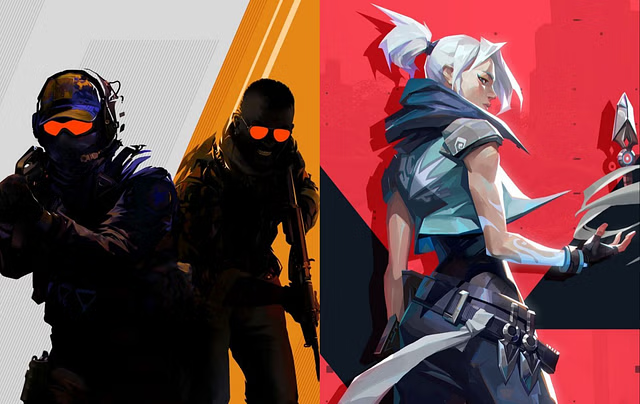
What Defines Each Game?
At first glance, Valorant and CS2 may appear quite similar. Both are round-based tactical shooters where players compete in 5v5 matches, attempting to plant or defuse a bomb (or spike). However, dig a little deeper, and the differences become stark and substantial.
Valorant
Valorant, developed by Riot Games, combines tactical FPS gameplay with the hero-shooter genre. Players choose from a roster of “Agents,” each equipped with unique abilities. This blend introduces new layers of strategy, as abilities can be used to control areas, gain vision, or disrupt opponents.
Key features of Valorant include:
- Hero-shooter mechanics with Agents and abilities.
- Round-based gameplay centered around spike planting.
- A vibrant, futuristic aesthetic.
- Emphasis on ability synergy and team coordination.
CS2 (Counter-Strike 2)
CS2, the successor to CS:GO, is developed by Valve and continues the legacy of one of the most iconic tactical shooters in history. Unlike Valorant, CS2 strips away character abilities and places pure focus on gunplay, map control, and tactical decision-making.
Key features of CS2 include:
- No unique characters or abilities.
- Realistic, grounded aesthetics.
- Precision-based mechanics with complex recoil systems.
- Tactical utility usage with grenades and flashbangs.
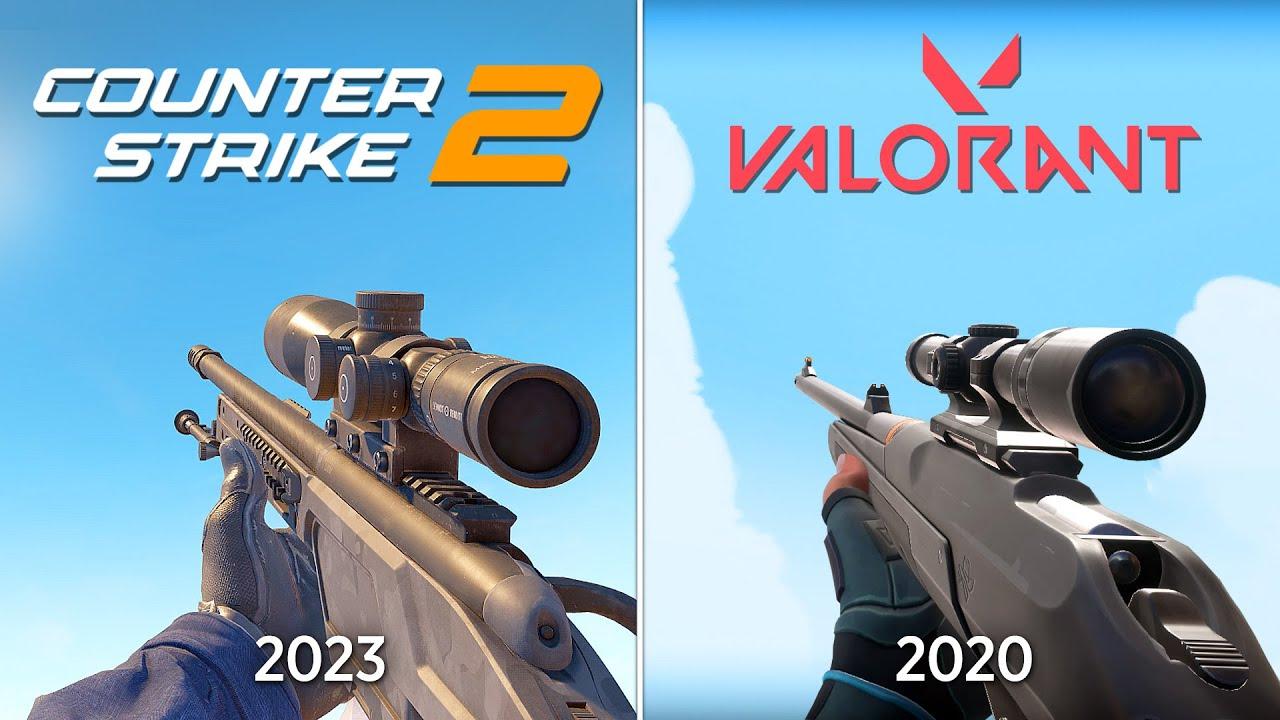
Valorant vs. CS2 Side-by-Side
Here’s a quick comparison table before we dive into detailed breakdowns:
| Feature | Valorant | CS2 |
| Gunplay & Recoil | Simpler, more forgiving | Complex, punishing without practice |
| Abilities vs. Utility | Hero abilities | Traditional grenade utility |
| Movement | Slower, more forgiving | Faster, momentum-based |
| Time to Kill (TTK) | Low, affected by abilities | Low, very quick and precise |
| Character System | Unique Agents | Generic models |
| Strategic Focus | Ability synergy | Tactical grenades, economy management |
| Core Modes | 5v5 Spike Plant | 5v5 Bomb Defusal |
| Map Types | Vibrant, interactive | Realistic, clean chokepoints |
| Aesthetics | Sci-fi, colorful | Gritty, realistic |
| Economy System | Mix of free/purchased abilities | All gear purchased |
| Community | New-player friendly | Hardcore veterans |
| Esport Scene | Rapidly growing | Long-established |
Let’s explore each of these in more depth.
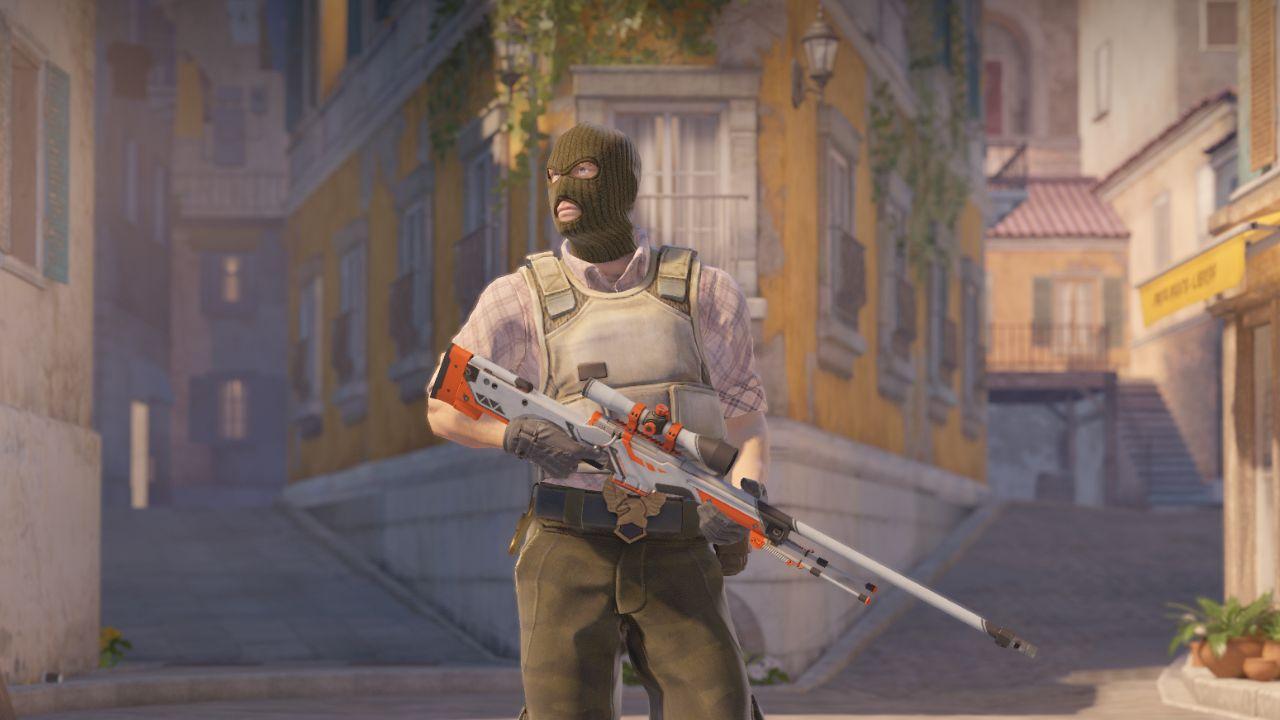
Gunplay & Recoil
Valorant’s gunplay is designed to be slightly more approachable, with spray patterns that are easier to learn and less punishing movement inaccuracy. It still rewards mechanical skill, but it’s more accessible for newer players.
CS2’s gunplay, on the other hand, is a masterclass in precision. Fixed recoil patterns, the need for counter-strafing, and tight timing make it one of the most demanding shooters in terms of raw aim and movement control. Every bullet matters.
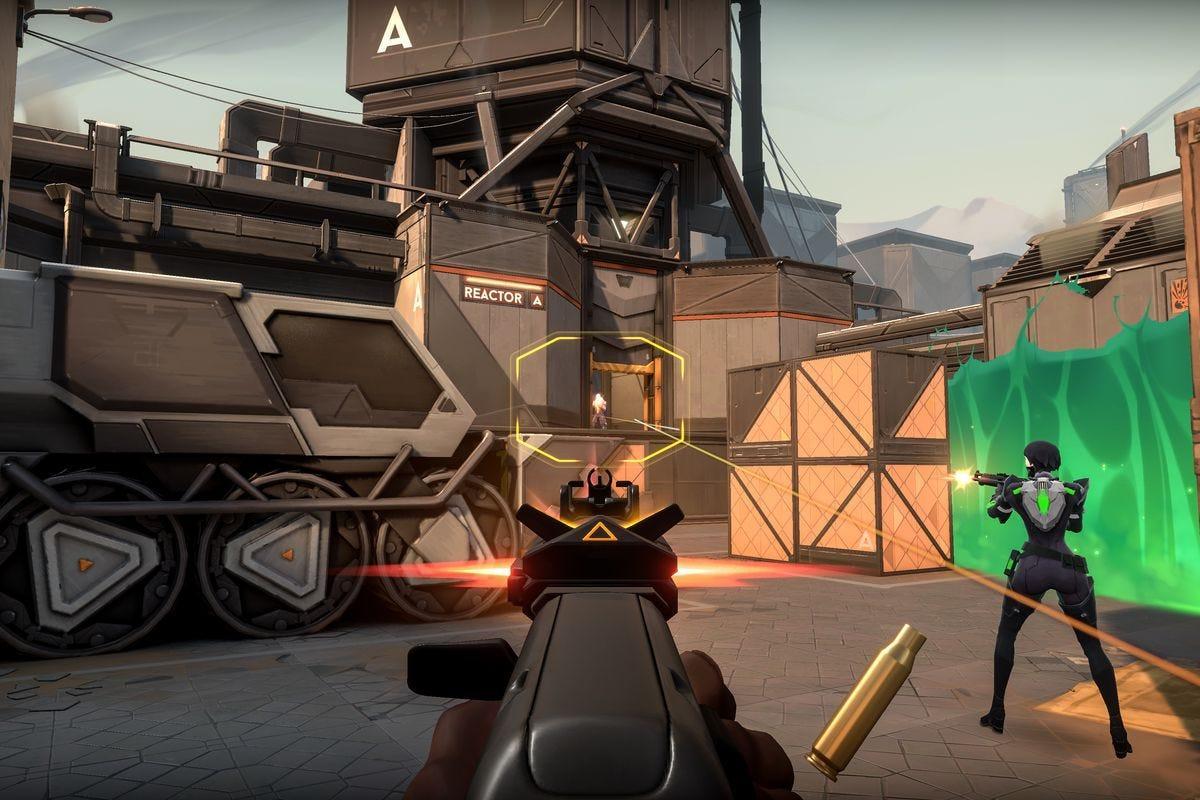
Abilities vs. Utility
Valorant changes the tactical FPS formula by introducing Agent abilities. These range from vision-blocking smokes and blinding flashes to teleportation and healing. This results in gameplay that’s highly dynamic and sometimes unpredictable.
In contrast, CS2 sticks to traditional utility: smokes, flashbangs, HE grenades, and molotovs. These tools are used purely for tactical advantages and map control. While more limited in scope, the importance of lineup mastery makes them just as deep in strategic value.
Movement
Valorant’s movement is more forgiving. Walking and running mechanics are slower, and players are less likely to be penalized for slight movement during shooting.
CS2 favors momentum. The game rewards players who master movement tech like counter-strafing, jump peeking, and tight corner clears. This makes movement a skill of its own in CS2.
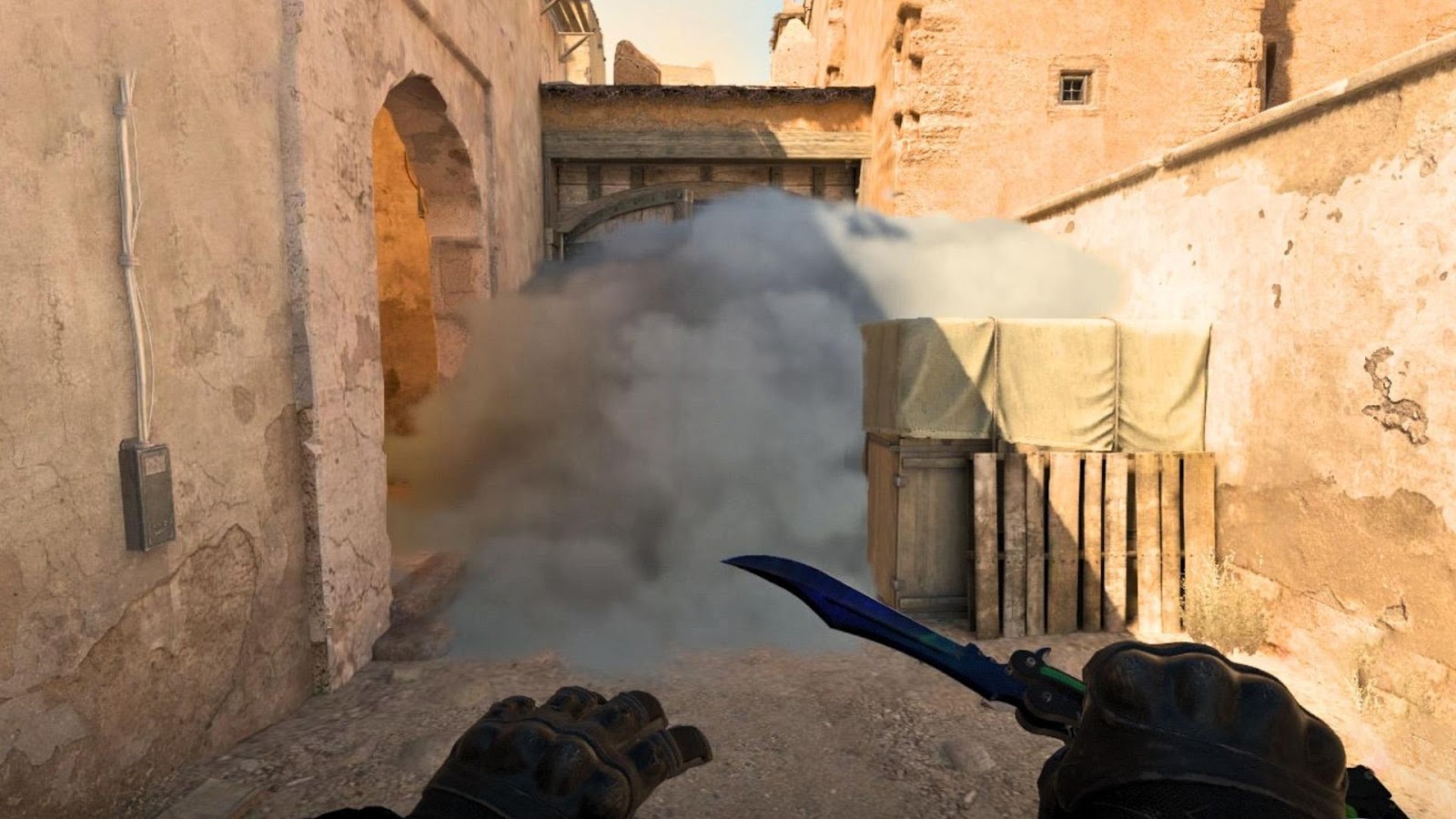
Time to Kill (TTK)
Both games feature a low TTK, meaning players can die within milliseconds. However, Valorant’s ability-based gameplay can extend fights or alter their pace. A well-placed Sage wall, for instance, can completely shift the tempo.
CS2’s engagements are brutally fast and rarely interrupted. There are no safety nets, positioning and aim determine the outcome almost instantly.
Character System
Valorant leans heavily into the hero-shooter framework. Every Agent comes with a signature ability, purchasable skills, and an ultimate. This makes team composition a factor in strategic planning.
CS2 avoids character differentiation entirely. All players have access to the same weapons and utilities, ensuring that skill and game sense are the only variables.
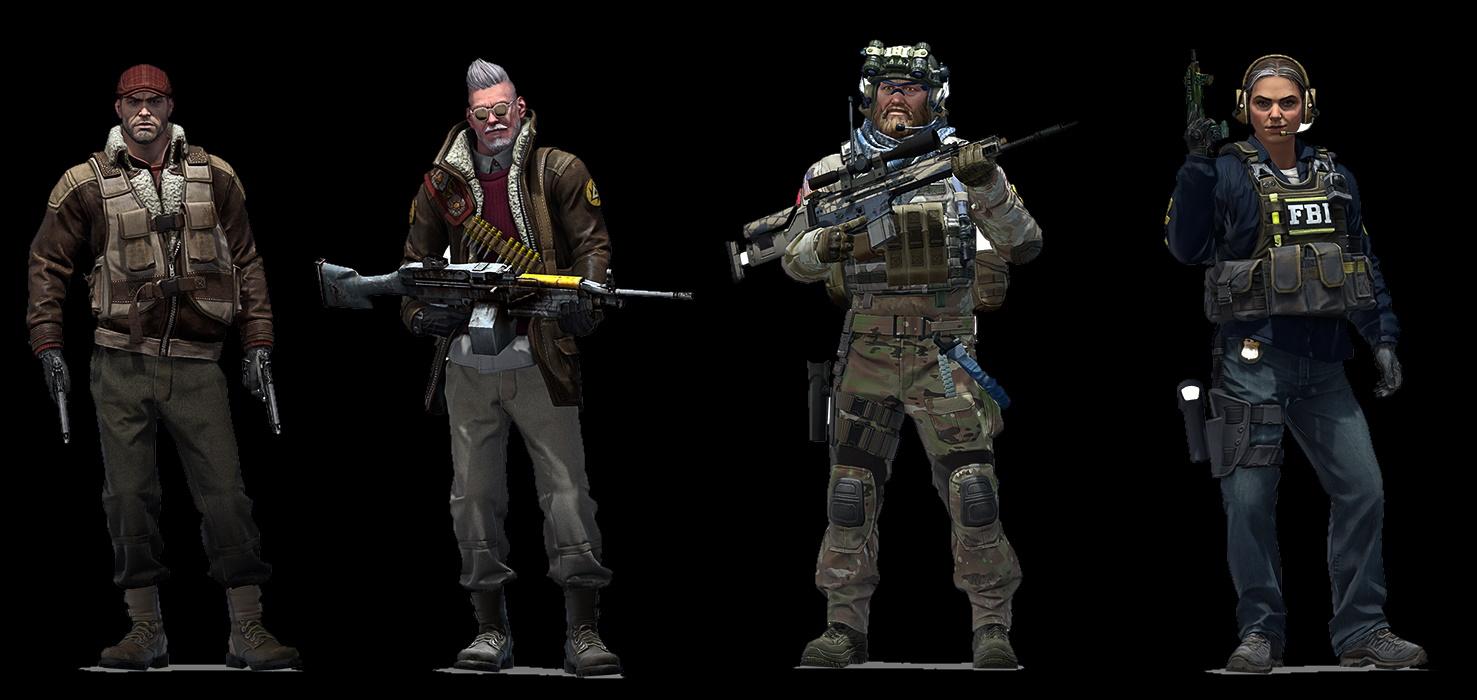
Strategic Focus
In Valorant, coordinated abilities play a huge role in success. Teams rely on combo plays, think Breach’s stun followed by Jett’s dash, to execute site takes or hold positions.
CS2 prioritizes traditional shooter strategy. Smokes to block vision, molotovs to flush out hiding enemies, and flashbangs for aggressive peeks form the backbone of every round. It’s about map control, utility usage, and economic decisions.
Core Modes
Both games revolve around the core 5v5 bomb defusal mode, though Valorant refers to the explosive as a “spike.”
Overtime rules, round timers, and side-switching mechanics are quite similar. However, Valorant introduces more casual modes (Deathmatch, Spike Rush) that appeal to a broader audience.
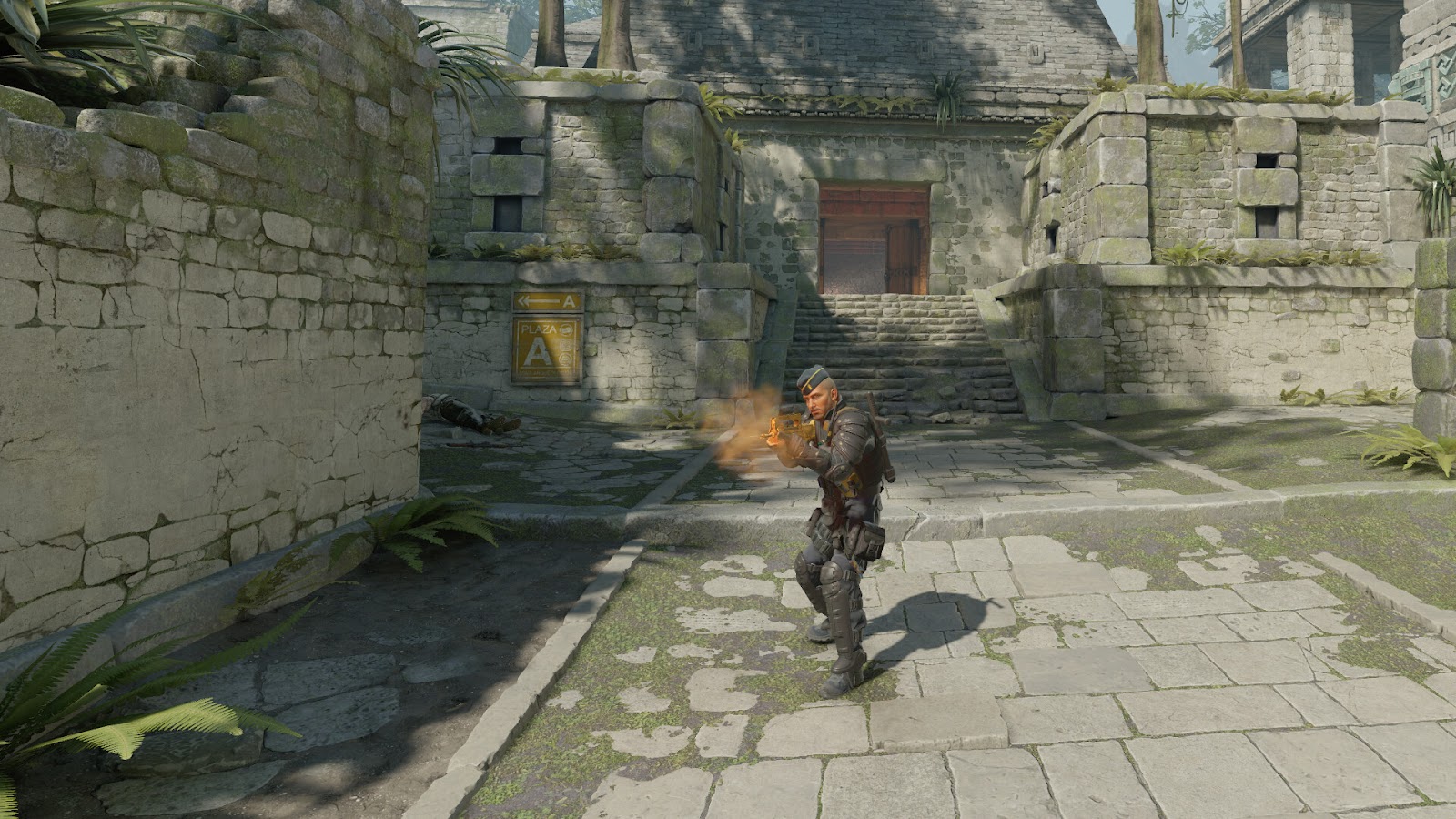
Map Types
Valorant maps are built around Agent abilities. You’ll find teleporters, ropes, and destructible elements that encourage creative plays. Each map is designed with multiple entry points, verticality, and flanking opportunities.
CS2 maps are more traditional. Classic layouts like Dust2, Mirage, and Inferno rely on clean angles, tight chokepoints, and predictable engagement areas. Their simplicity is what makes them timeless.
Aesthetics & Visuals
Valorant boasts a stylized, cartoonish look with clear visual clarity. Agents are brightly colored, and the maps feature futuristic designs that appeal to modern sensibilities.
CS2 uses the Source 2 engine to deliver realistic lighting, textures, and environments. The muted tones and grounded art style aim to immerse players in gritty, believable combat scenarios.
Skins also differ significantly:
- Valorant: Skins are flashy, animated, and often change form during kills.
- CS2: Skins are more realistic and part of a vast, tradeable economy.
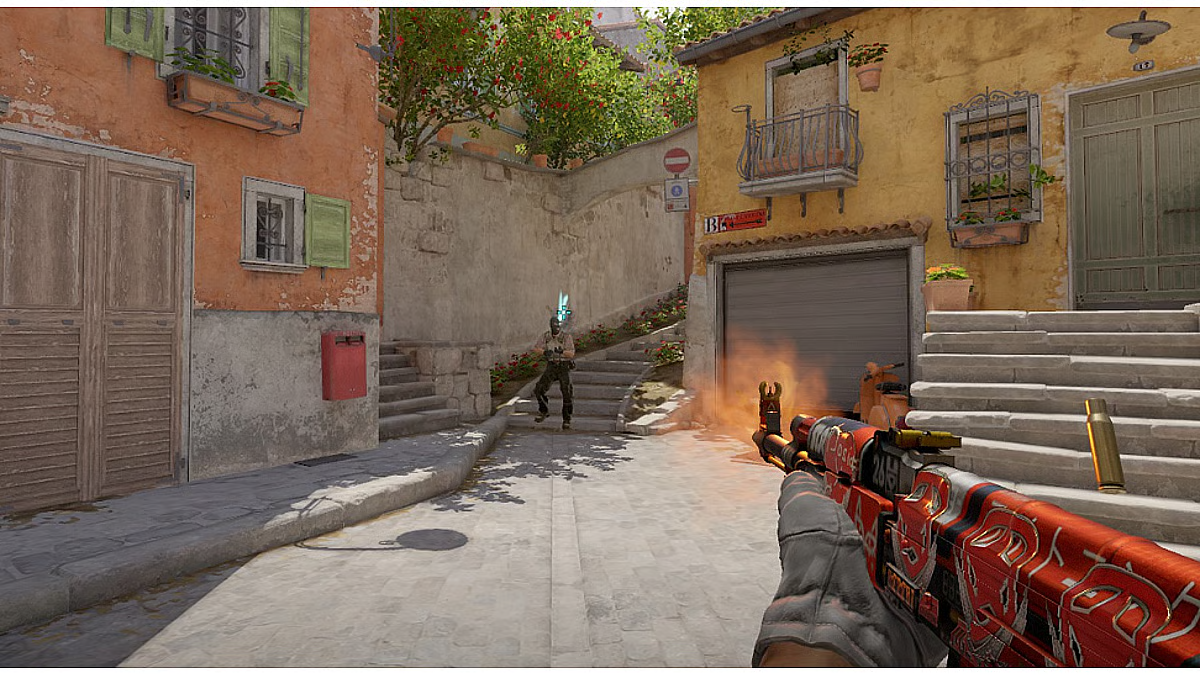
Economy System
Both games employ a round-based economy, where players earn money to buy weapons and utility. However, there are major differences in how they operate.
In Valorant:
- Signature abilities often recharge automatically.
- Basic abilities and ultimates are bought or earned.
- Weapon prices are fixed and balanced around economy rounds.
In CS2:
- All utility must be purchased.
- Weapon costs vary and directly influence round strategy.
- Saving and forcing are core economic decisions that can make or break a game.
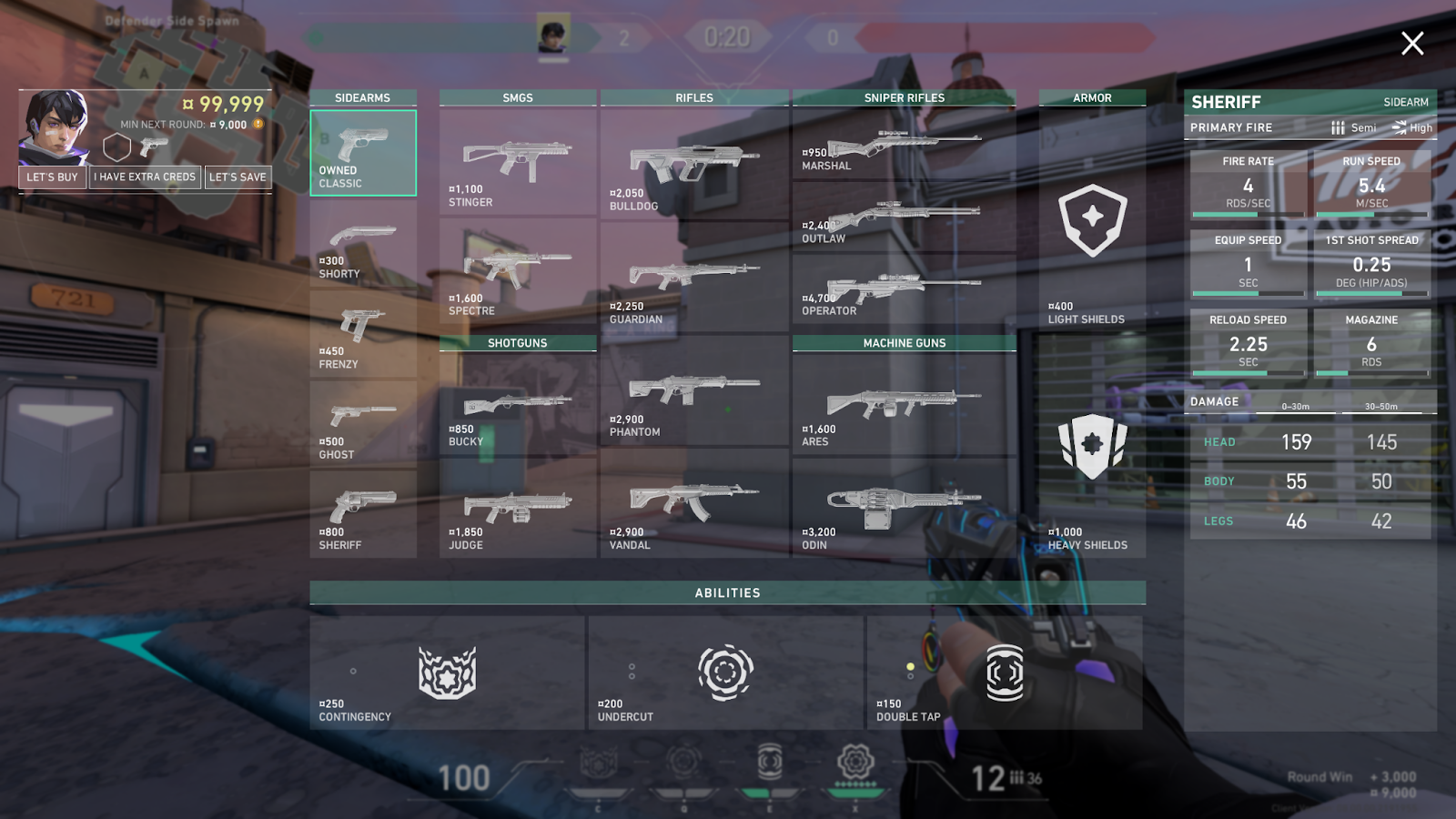
Community
Valorant is often considered more beginner-friendly, thanks to its modern tutorial systems and the variety of roles available through different Agents.
CS2 has a legacy community that spans over two decades. It’s more hardcore, but also more tightly-knit. Toxicity exists in both games, but Riot and Valve approach moderation differently, Riot takes a proactive stance with voice and text monitoring.
Esport Scene
CS2 builds on the immense legacy of CS:GO, with global events like IEM Katowice and the BLAST Premier circuit. It’s a well-oiled machine, known for its skill-expressive plays and legendary lineups.
Valorant’s esports are younger but rapidly growing. The Valorant Champions Tour (VCT) backed by Riot Games offers consistent support, polished broadcasts, and frequent international competitions.
Both titles are now esports juggernauts, each with unique viewing experiences:
- Valorant: Flashy abilities and chaotic moments.
- CS2: Raw aim duels and meticulous strategy.
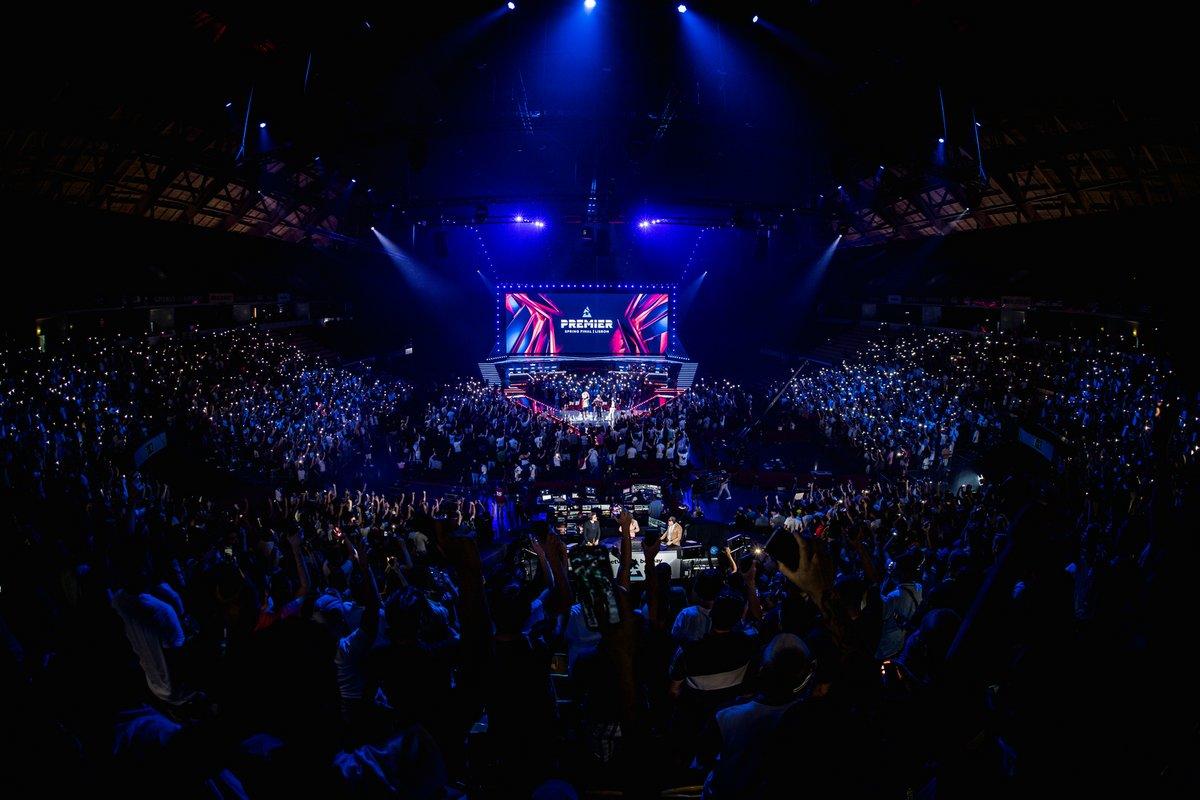
Which Game Is Right For YOU?
There’s no clear winner here, just different appeals. Your personal preferences will ultimately dictate which game you’ll enjoy more.
Choose Valorant if you:
- Enjoy character-based games with varied playstyles.
- Appreciate flashy visuals and engaging lore.
- Like combo-based strategy and teamwork.
- Want an evolving meta with frequent updates.
Choose CS2 if you:
- Prefer raw aim duels and traditional FPS mechanics.
- Appreciate realism and clean, tactical gunfights.
- Value mastery and precision over time.
- Want to be part of a legacy shooter with a deep competitive scene.
Valorant Or CS2: The Choice Is Yours
Both games are elite tactical shooters in their own right. Valorant and CS2 represent two different philosophies:
- Valorant introduces innovation, character-driven gameplay, and visual flair.
- CS2 preserves the essence of competitive FPS with mastery and precision.
The best FPS is the one that resonates with your skillset and goals. Whether you choose the explosive potential of Raze or the silent flick of an AWP, both games offer top-tier experiences.
If you’ve already made your choice and are diving into CS2, don’t forget to explore our Counter Strike 2 cheats to gain the edge with advanced tools built for performance. Whether you’re grinding ranks or dominating competitive play, Elocarry has your back.
